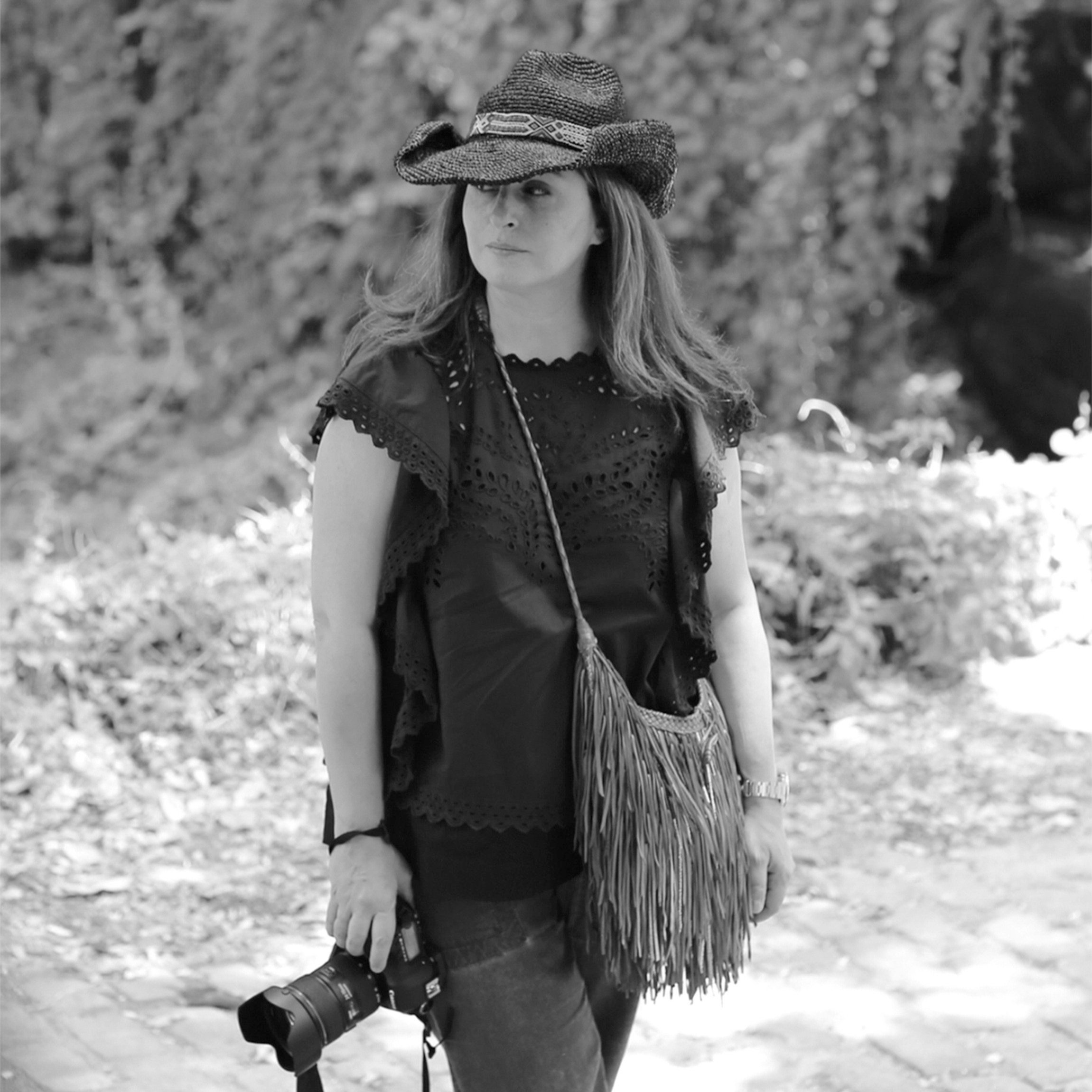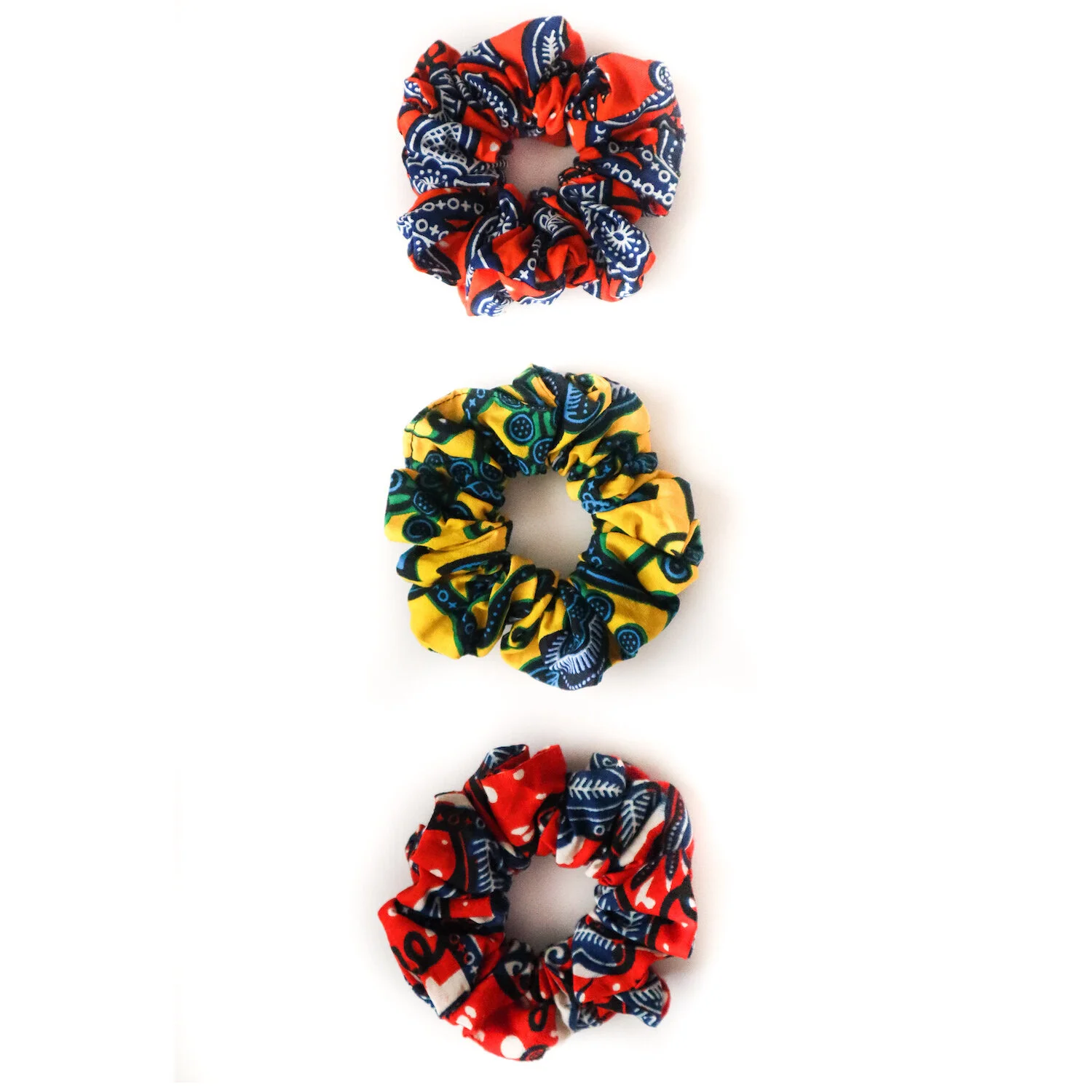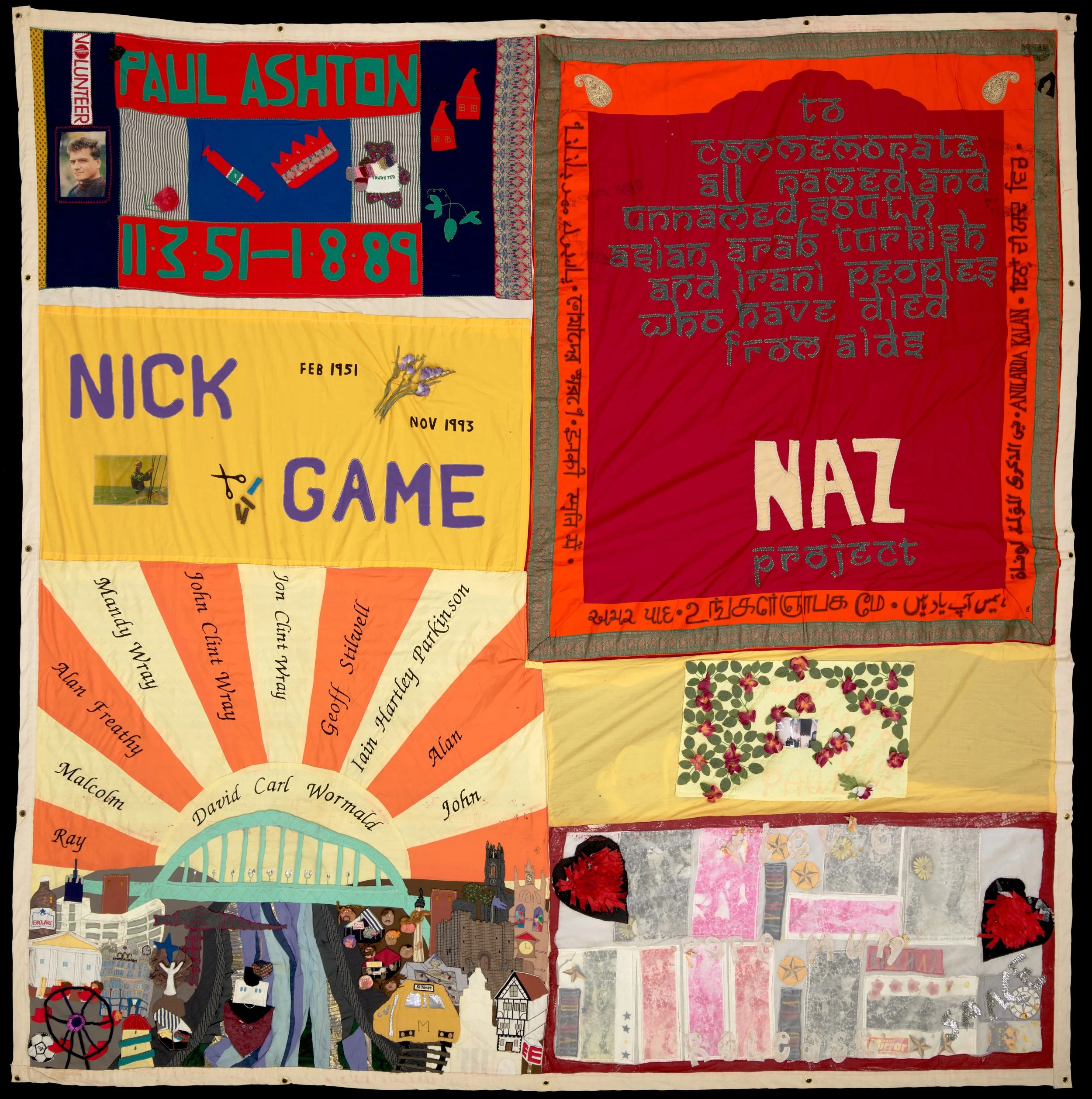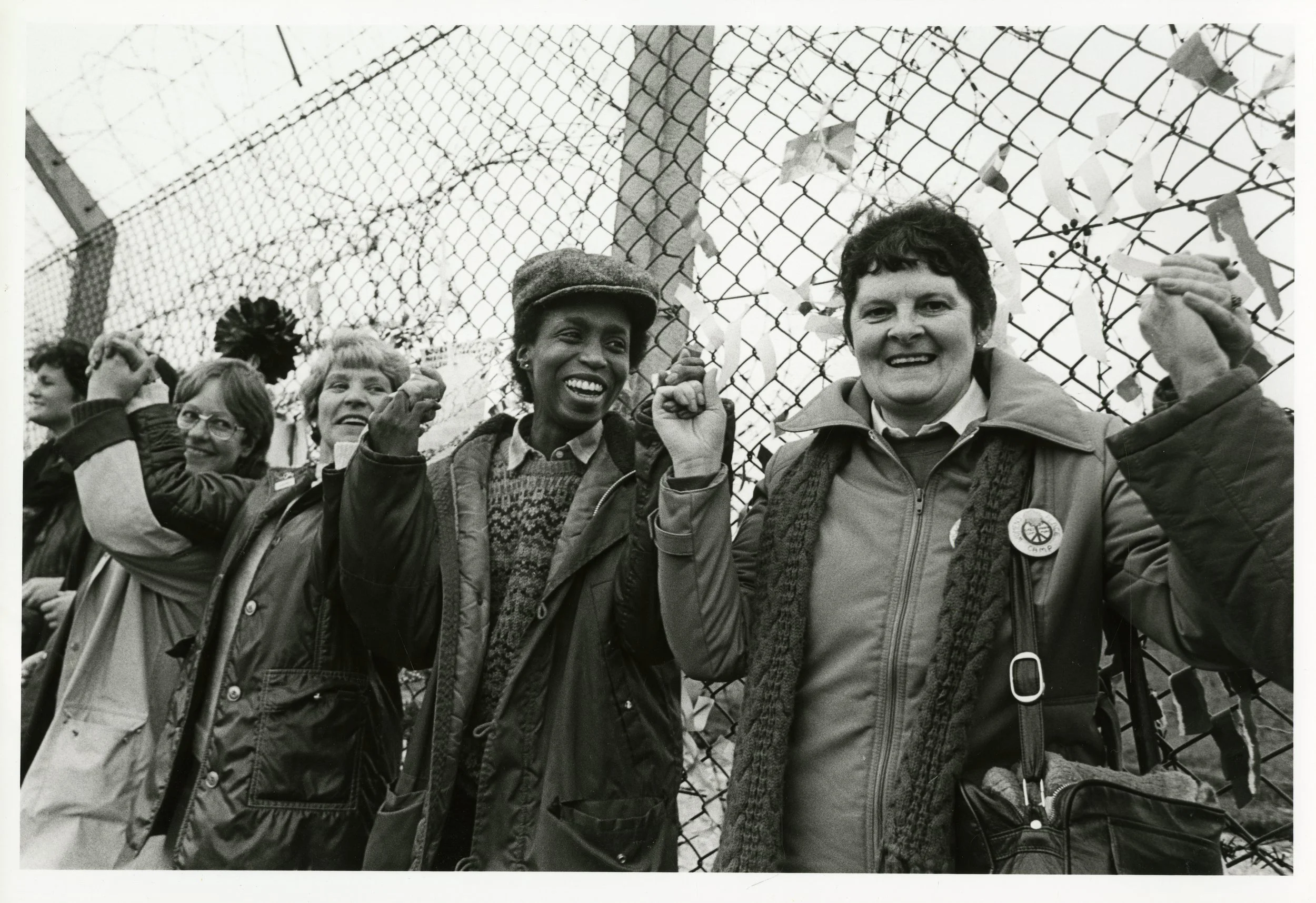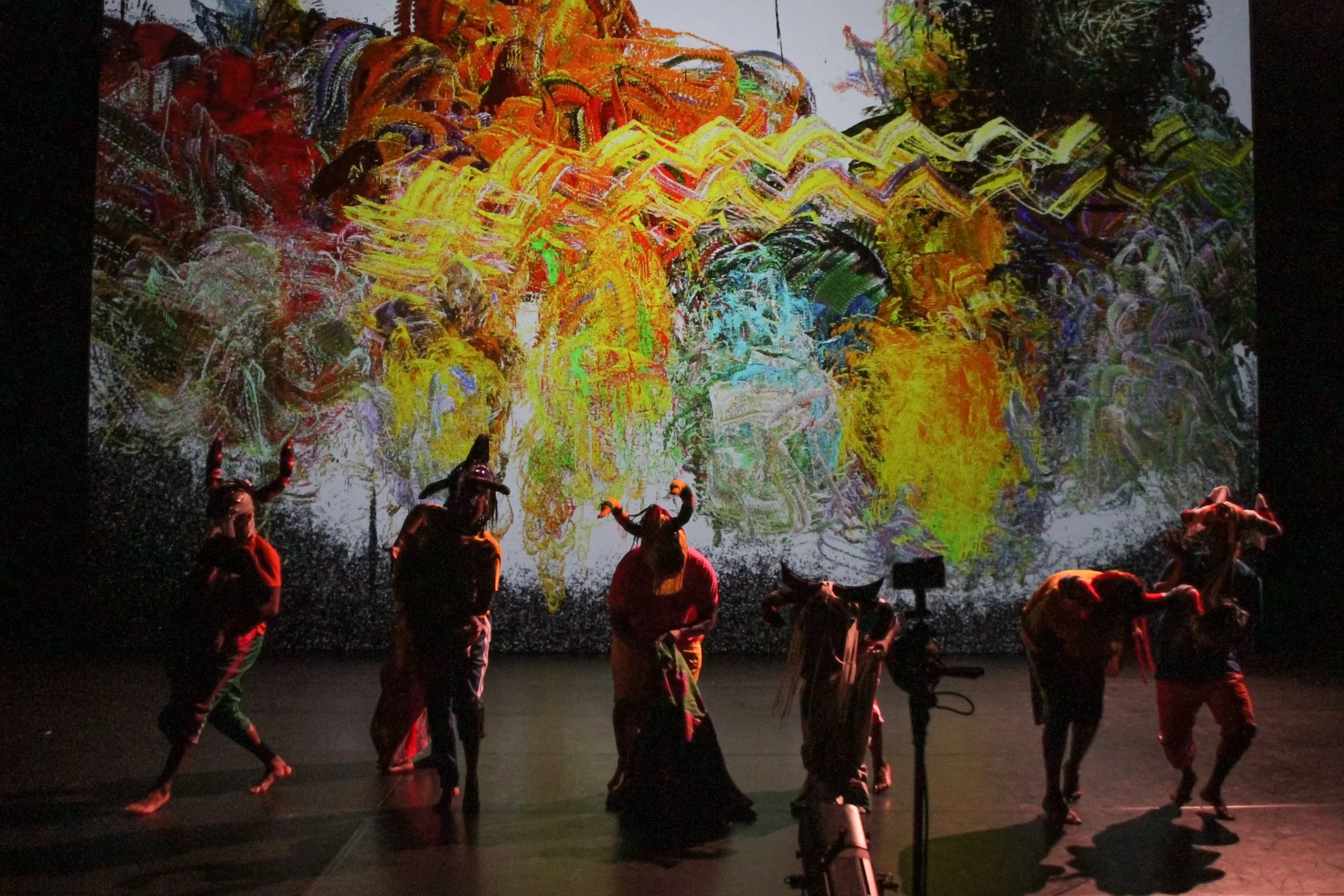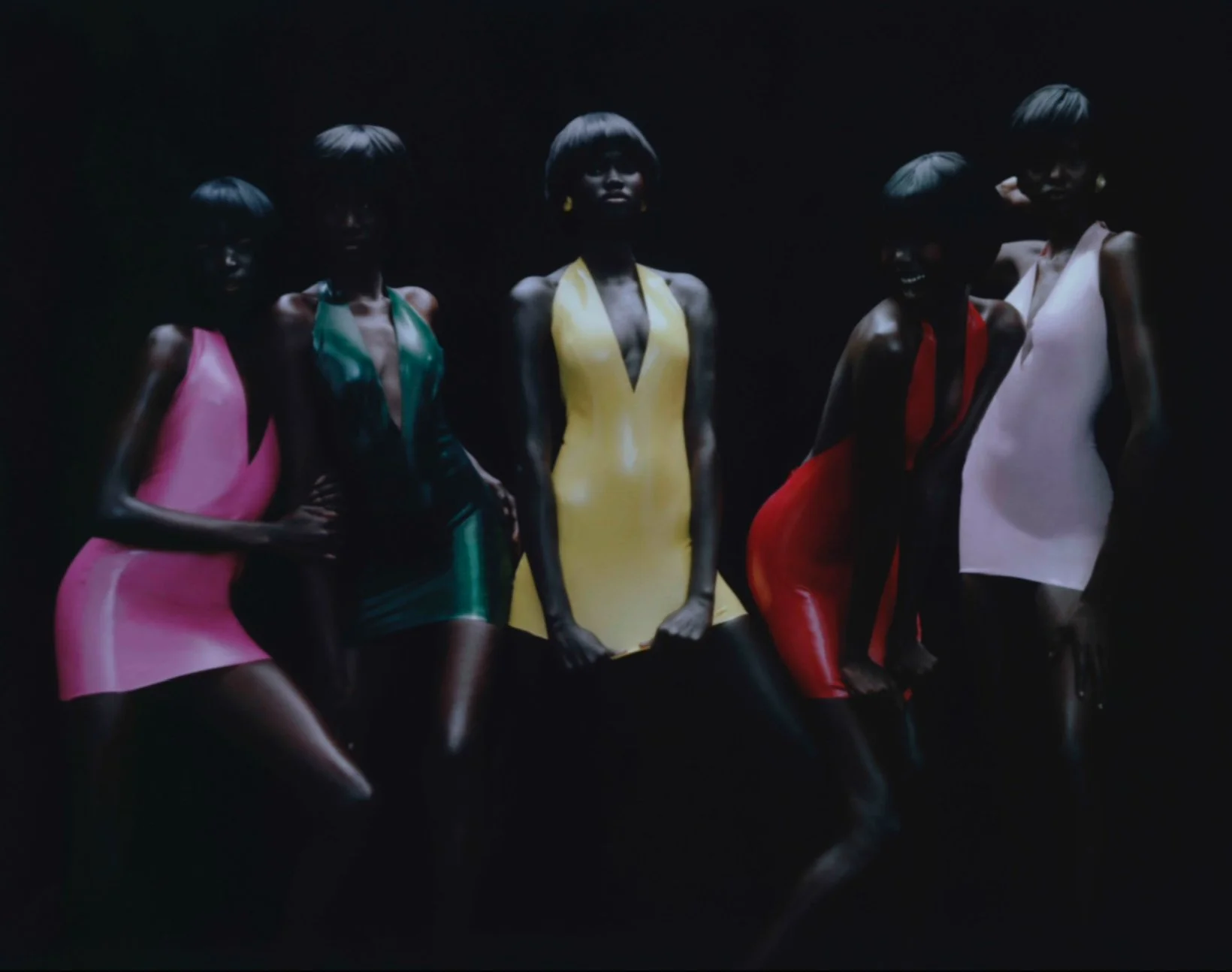In conversation with Suzanna Petot
“I think our main ambition as curators should be to construct an environment that provides the public with an experience which encourages curiosity, discovery and wonder…”
- Suzanna Petot
Image: Suzanna Petot. Photo: Leo Garbutt.
Suzanna Petot, originally from New York, is a curator and writer based in London. She holds an MA in Curating the Art Museum from The Courtauld Institute of Art and has worked at various institutions in the U.S., Italy, and the UK, including Gallerie delle Prigioni, The Courtauld Gallery, Tate Modern, M.I.T List Center for Visual Art, and the Metropolitan Museum of Art.
Currently, she serves as a Curatorial Assistant at the Hayward Gallery, where her most recent role was as the assistant curator for the exhibition Hiroshi Sugimoto: Time Machine, running until 7 January 2024.
Can you tell us about your background in the arts, and how you ended up working as a curator?
I am a born and raised New Yorker, growing up in Queens. In high school, I felt really unsatisfied with our art classes, so I started looking for free classes I could take elsewhere. I ended up finding the Museum of Modern Art’s incredible Teens programme and began to take art-making and museum studies classes, later joining the MoMA Teen Museum Collective. It was a life-changing and formative experience. Not only did I get to meet other young people across New York City, but I was introduced to the contemporary art world and the numerous career opportunities within it by meeting MoMA staff across all departments. I was totally captivated during our visit to the curatorial department. I am lucky that at age 16 I knew I also wanted to work in a museum.
I went on to study the History of Art & Architecture at Boston University and in my third year, I spent a semester abroad at the Courtauld Institute of Art in London. I fell in love with the city and the incredible breadth of museums and galleries it has to offer. There is so much you can see for free! Eager to come back, I moved to London in 2016 to do a Masters in Curating the Art Museum at the Courtauld. Throughout my studies, I did a number of internships at different kinds of arts organisations such as The Metropolitan Museum of Art, Boston Center for the Arts, M.I.T List Visual Arts Center and Tate Modern, which helped me gain experience at different size institutions and understand their different ways of working. After a curatorial residency in Italy, I came back to London but struggled to find a job - especially a curatorial role. I joined the Arts Council Collection at Southbank Centre as an Administrator for the phenomenal National Partners Programme and then after the fixed term contract ended, transitioned over to the Hayward Gallery team as Curatorial Assistant. I feel incredibly fortunate to work at the Hayward Gallery in the curatorial team - we organise some of the most ambitious projects in London with some of the most innovative artists from around the world.
According to you, what does it mean to be a curator today?
Curating at its core is about care: for a collection, for artworks, and for the public. I think, in particular, to be a curator of contemporary art today, it is essential to remember how our role is also to care for artists who we work with - not just show their work in an exhibition and that’s the end of it. There is a lot of labour, seen and unseen, that goes into making works of art and making exhibitions - there needs to be that mutual respect when it comes to working together, and should be there from the start when we, curators and institutions, reach out to artists to initiate projects. There also needs to be a willingness to adapt and question industry standards in order to be more caring and attentive to the artists we work with and the audience we hope to bring through the door. I think our main ambition as curators should be to construct an environment that provides the public (and as inclusive of a public as possible) with an experience which encourages curiosity, discovery and wonder through art as well as a space where the art thrives in the space.
How would you define your curatorial process?
I think it is fair to say that I am still figuring that out! It is something that is constantly being shaped and influenced by my colleagues, mentors, the exhibitions I work on and the exhibitions I visit.
I’d say my process always starts from a place of curiosity: whether that is seeing work by an artist that I want to learn more about or using larger questions about society and systems of power as the launching point for exhibition ideas. Outside of the Hayward Gallery, my curatorial practice includes co-organising the interdisciplinary project Decorating Dissidence with Dr Jade French and Dr Lottie Whalen. Focusing on craft and the decorative, we trace the lineages of modernist making to the contemporary and bring to light stories of marginalised makers through an online journal, exhibitions, workshops and events. Our project Take Dada Seriously (It’s Worth It?) at Guest Projects delved into the multiple and complex conversations surrounding the Dada movement, questioning its legacy and relevance today to contemporary artists and makers. I also have just recently launched petz projects with Rabbet Gallery in Peckham, which is a series of exhibitions showcasing emerging artists in London - upcoming shows will look at football, catholicism and dolphins (not all at once, but wow what a show that would be) - stay tuned!
Image: Installing the exhibition I Say Yesterday, You Hear Tomorrow: Visions from Japan at Gallerie delle Prigioni, Italy, 2018. Photo: Marco Pavan.
Have any artists, writers, curators, and other creative thinkers influenced your curatorial practice?
Absolutely!
The amazing curators and educators I’ve had the pleasure of working with have been a huge influence: Calder Zwicky, Mark Epstein, Marit Dewhurst, Betsy Gibbons, Ian Alteveer, Priyesh Mistry, Zoé Whitley, Rachel Noel, Natalie Rudd, Ann Jones to name just a few.
Some curators and writers that were formative from my curatorial studies include Walter Hopps, Lucy Lippard, Claire Bishop, Thelma Gold, Lowery Stokes Sims, Paul O’Neill, Cornelia Butler…
Paula Marincola’s Questions of Practice: What Makes A Great Exhibition? Was like a bible during my degrees - my copy is well worn through and I really enjoyed reading Maura Reilly’s Curatorial Activism. I’m currently working my way through The New Curator.
Influential artists include Faith Ringgold, Helen Frankethaler, Lorraine O’ Grady, Emma Amos, Ruth Asawa, Suzanne Lacy, Aldo Tambellini, Zineb Sedira, Doris Salcedo, Wilfredo Lam, Leonora Carrington, Nan Goldin...I could go on forever!
You recently curated Hiroshi Sugimoto: Time Machine at the Hayward Gallery. Can you tell us a bit about how the exhibition came together?
Hayward Gallery Director and Curator Ralph Rugoff and former Senior Curator Cliff Lauson were in touch with Hiroshi Sugimoto about this exhibition since 2017/2018. It was originally scheduled to open in 2020, but was postponed due to the pandemic. I joined the exhibition curatorial team in 2022 at a moment when the exhibition was picking up speed in terms of research and deciding the layout. It was an enormous pleasure to work so closely with Sugimoto’s studio, especially Studio Manager Gregg Stanger. This was my first experience working on a solo show and I was excited to see the curatorial process when you work so closely with one artist, especially to exhibit work across 50 years of his practice! I wrote my dissertation on the curatorial process when organising a retrospective with a living artist - so it was the perfect show to work on and see it happen in action. It was a complete collaboration between our team, led by Ralph with Assistant Curator Thomas Sutton and I supporting, and the artist himself and his studio. The installation process is always the most exciting point of the exhibition, finally getting to see works in person and in the space - not just thumbnails on a spreadsheet!
What sort of experience do you hope visitors will have at the exhibition?
This is a show where the content is a perfect match with the Hayward’s architecture. I hope visitors notice the difference between rooms, how there is a sense of being drawn into detail and immersed in Sugimoto’s inquisitive and playful mind to then, in the upper galleries, being overwhelmed by light and his pursuit to use photography as a means to capture human consciousness. Walking around the exhibition the past few weeks, there is an incredible sense of calm and serenity. The Theaters series in particular draws you in with the dark atmosphere that makes the photographs shine. People seem to take their time with each image, quietly pondering what is before them. Colour engulfs you in the Opticks room, Sugimoto himself could not help but keep returning to that gallery when we were installing in other rooms. I hope visitors come away with a deeper appreciation for photography and Sugimoto’s distinctive approach to the medium, as I did through the process of working on this exhibition.
What is the most challenging thing about what you do?
The most challenging thing is working with a full-on exhibition and projects schedule that means you are always busy - fitting in time for writing and research can sometimes feel like a game of tetris. But it also means that no day is ever the same, which keeps you constantly engaged and on your toes!
Can you recall any standout or meaningful moments in your career?
Working with Linda Goode Bryant during the installation of Soul of A Nation at Tate Modern when I was a curatorial intern is a clear standout moment. We spent two days together going through archival materials from her gallery Just Above Midtown to decide what to display. She would tell me all the stories behind the photographs, posters, invitations and letters we were sorting through. I felt transported and in awe to be in her presence and surrounded by all the testaments to what she achieved with that seminal gallery.
Working with colleagues at Firstsite in Colchester, Sunderland Culture, Newlyn Art Gallery & The Exchange when I was with the Arts Council Collection to help each venue’s young people’s groups curate exhibitions. It felt like a full circle moment, helping to deliver young people’s programming and seeing them engage and get excited about contemporary art - it was a total dream!
What is the best advice you have ever received?
My parents gave me the best advice, though a lot of it was never spoken. Growing up, I witnessed how incredibly hardworking and dedicated they were to their professions. My mother instilled in me the confidence to speak up and not be afraid to share my opinions, despite often being the youngest person or only woman in the room, and most importantly - to trust my gut. If something feels wrong, it probably is and others also probably feel the same.
Image: In conversation with Woody De Othello for Strange Clay at Hayward Gallery, 2022. Photo: Leo Garbutt.
Can you suggest three emerging artists for our readers to look out for?
Anya Paintsil, an fantastic Welsh textile artist whose tapestries pull at heart strips and are difficult to resist touches.
Rose Nestler, NY-based artist - I love when her surreal, seductive sculptures pop up on my feed - her show at Public Gallery was a stunner.
Rosa Uddoh-Johan, brilliant and witty London-based artist whose performance and film works are not to miss.
Do you have any tips for a young person aspiring to work within the art industry?
Don’t be afraid to put yourself out there - try new things. Figure out what you like and don’t like - especially when it comes to jobs and careers. Sometimes a job title can be deceiving and not truly depict the job description, and you may end up enjoying the role a lot more than you thought once you would once you are in it. On the flip side, don’t be afraid to leave a role (if you can afford it) if you don’t feel it is a good fit for you. There is so much “pressure” to have your path figured out from the onset, but if there is one thing I have learned from others in the industry is that there is no one path in - so much of it is what you make of it and what opportunities come up, so don’t be afraid to go for them. Even if you don’t match every point on the person specification of a role, still apply. Especially for entry level roles in the arts, organisations look for some experience but mostly transferable skills, a willingness to learn and be flexible, as well as passion for the arts and values of the organisation.
Final tip - build a network of mentors and people who care about you and will help you to find your way in the art world. I used to be really nervous about asking tutors or former managers for advice, worried that I was wasting their time. That was never the case when I did ask and everyone was so encouraging and willing to share their time and expertise. It’s an incredibly competitive and often isolating field to venture into, building that network and going to people who support you when you need advice is the greatest resource you can give yourself. Your network will want to help you and making the effort to continue to stay in touch with them will also keep you in their minds when opportunities come up. Also don’t be afraid to reach out to curators or artists or other professionals whose work you admire and want to learn more about, people usually love to share their story and want to help!
Are there any exciting upcoming projects you'd like to talk about?
We have just announced our upcoming programme for 2024 at the Hayward Gallery. It is a really exciting lineup of exhibitions starting off with the group exhibition The Life of Forms: Flux and Flow in Contemporary Sculpture, opening 7 February, that will feature a vast array of artists working in sculpture, particularly seminal figures like Ruth Asawa, Senga Nengudi, Phyllida Barlow and Lynda Benglis to a new generation of artists such as Holly Hendry, Marguerite Humeau, Eva Fàbregas and Teresa Solar Abboud. It’s definitely one not to miss!
I am working on our Autumn 2024 exhibition with Senior Curator Yung Ma which will be with the brilliant and extraordinary Haegue Yang. It will be her first major career survey and a comprehensive view of her prolific practice. I have been a huge fan of Haegue Yang’s works for years and so I feel very lucky to be working with her on this exhibition - there will be a number of new commissions and I can’t wait to have her transform the Hayward Gallery.
Who is Suzanna Petot outside the ‘office’?
What a question! Who am I outside of the office? Someone who is still quite busy and balances her time with freelance work, seeing friends and family, trying to go to exhibitions…I am a huge football fan, I have been playing football since I was 5 years old and am currently playing for Wapping FC in The Goalposts League in East London. Football was my first love before art, it's been a huge joy to play again and remember that art doesn’t have to take over my life!
Website: suzannapetot.com
Instagram: @suzanna_petot @petz.projects
LinkedIn: Suzanna Petot












